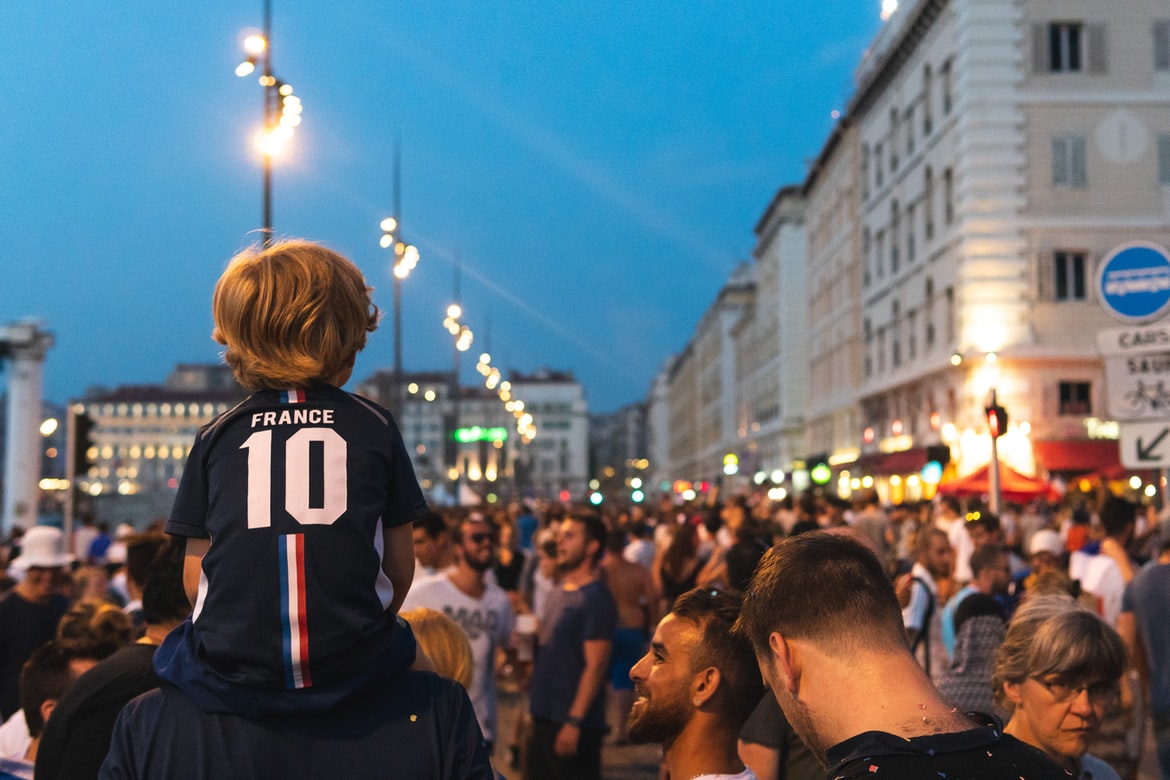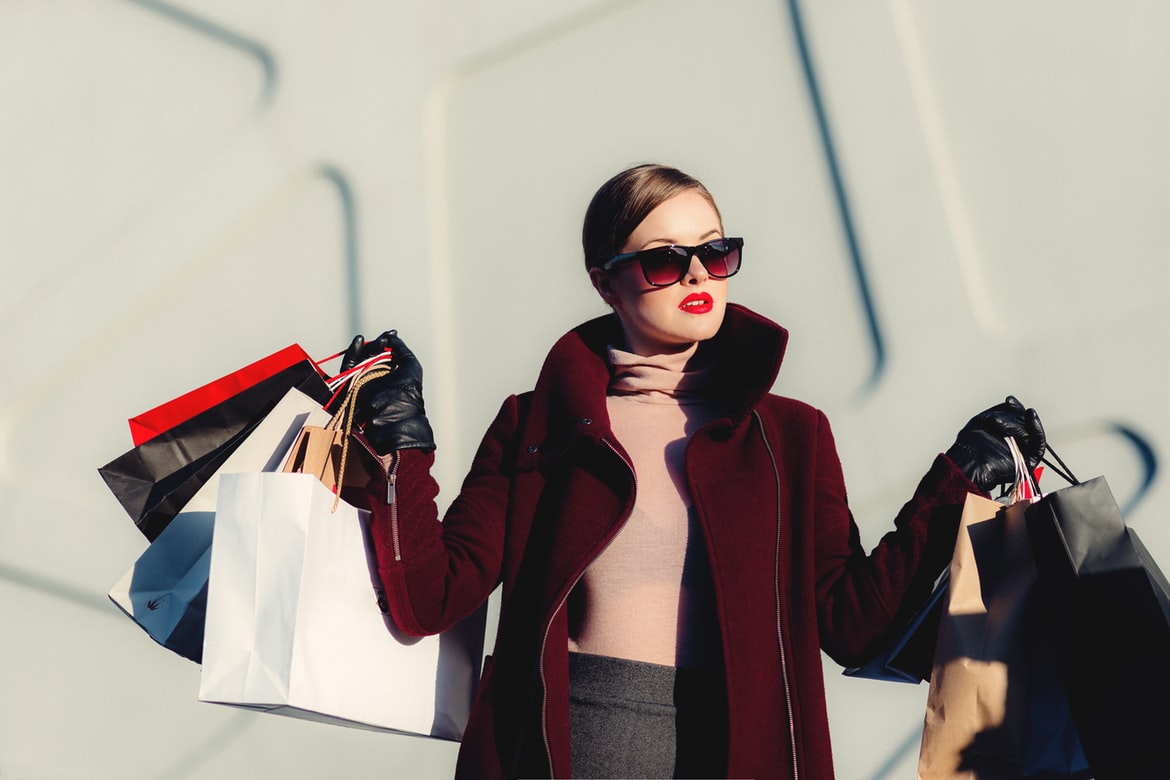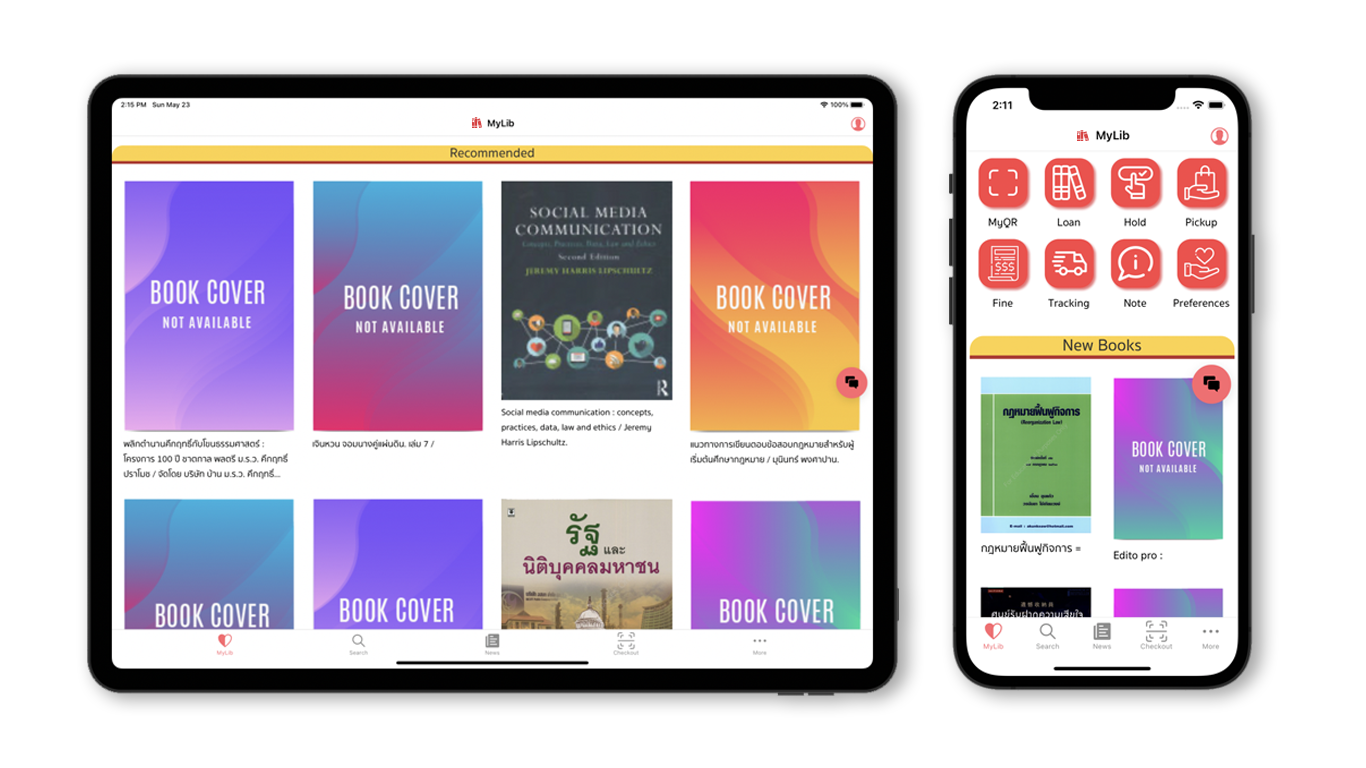Unlocking Clarity in Audio: A Guide for Musicians and Sound Engineers
Clarity is essential in music and audio production. As a musician or sound engineer, ensuring that each element in your mix stands out is crucial. This guide explores key concepts, mathematical principles, and Python-based techniques to enhance audio clarity.
Why Clarity Matters
Clarity ensures your music resonates with listeners. Noise, imbalanced frequencies, or inconsistent dynamics can cloud your work. Addressing these issues through audio processing can significantly improve your recordings.
Key Concepts in Audio Enhancement
1. Noise Reduction
Noise reduces the intelligibility of audio signals. Spectral subtraction is a popular method to clean audio by subtracting the noise spectrum from the signal.
Equation:
S_{clean}(f) = \max(|S_{input}(f)| - |N(f)|, 0)where:\\
- S_{clean}(f): Cleaned signal in the frequency domain\\.\\
- S_{input}(f): Noisy signal in the frequency domain\\.\\
- N(f): Estimated noise spectrum\\.\\
- \max: Ensures no negative values.Python Implementation:
import noisereduce as nr
noise_sample = y[:sr] # First second as noise sample
reduced_noise = nr.reduce_noise(y=y, sr=sr, y_noise=noise_sample)2. Equalization (EQ)
Equalization adjusts the balance of frequency components using filters.
Low-Pass Filter:
H_{LP}(f) = \frac{1}{1 + j \frac{f}{f_c}}High-Pass Filter:
H_{HP}(f) = \frac{j \frac{f}{f_c}}{1 + j \frac{f}{f_c}}Band-Pass Filter:
H_{BP}(f) = \frac{j \frac{f}{f_c} \cdot (1 + j \frac{f}{f_b})}{(1 + j \frac{f}{f_c})(1 + j \frac{f_b}{f})}where:\\
- f: Frequency of interest\\.\\
- f_c: Cutoff frequency\\.\\
- f_b: Bandwidth of the filter.Python Implementation:
import scipy.signal
def bandpass_filter(signal, low_freq, high_freq, sr):
sos = scipy.signal.butter(10, [low_freq, high_freq], btype='band', fs=sr, output='sos')
return scipy.signal.sosfilt(sos, signal)
filtered_audio = bandpass_filter(reduced_noise, 300, 3000, sr)3. Dynamic Range Compression
Compression reduces the difference between the loudest and softest parts of your audio.
Equation:
y(t) =
\begin{cases}
x(t), & \text{if } |x(t)| \leq T \\
T + \frac{|x(t)| - T}{R}, & \text{if } |x(t)| > T
\end{cases}where:\\
- x(t): Input signal amplitude\\.\\
- y(t): Output signal amplitude\\.\\
- T: Compression threshold\\.\\
- R: Compression ratio (e.g., 4:1 reduces every 4 dB above T to 1 dB).Python Implementation:
from pydub import AudioSegment
from pydub.effects import compress_dynamic_range
audio = AudioSegment.from_file(file_path)
compressed_audio = compress_dynamic_range(audio)4. Filtering
Filters remove unwanted frequencies to enhance clarity.
Time-Domain Convolution:
y(t) = x(t) * h(t) = \int_{-\infty}^{\infty} x(\tau) h(t - \tau) \, d\tauFrequency-Domain Filtering:
Y(f) = X(f) \cdot H(f)where:\\
- X(f): Fourier Transform of x(t)\\.\\
- H(f): Filter transfer function.Python Implementation:
import numpy as np
def apply_filter(signal, transfer_function):
return np.fft.ifft(np.fft.fft(signal) * transfer_function)5. Visualization
Visualization validates your enhancements by showing waveforms and spectrograms.
Short-Time Fourier Transform (STFT):
STFT(x(t)) = X(f, \tau) = \int_{-\infty}^{\infty} x(t) w(t - \tau) e^{-j 2 \pi f t} dtSpectrogram:
\text{Spectrogram}(f, \tau) = |STFT(x(t))|^2where:\\
- w(t): Windowing function (e.g., Hamming window).Python Implementation:
import librosa.display
import matplotlib.pyplot as plt
D = librosa.amplitude_to_db(np.abs(librosa.stft(filtered_audio)), ref=np.max)
plt.figure(figsize=(10, 4))
librosa.display.specshow(D, sr=sr, x_axis='time', y_axis='log')
plt.title('Spectrogram')
plt.colorbar(format='%+2.0f dB')
plt.show()Conclusion
Enhancing audio clarity requires a blend of technical skill and artistic judgment. By mastering noise reduction, equalization, compression, and filtering—and understanding the math behind them—you can transform your audio recordings. Python offers powerful tools to implement these techniques, enabling you to elevate your sound.
Experiment with these methods, refine your craft, and let your music shine! 🎶
Questions or insights about audio processing? Let’s discuss in the comments!
Get in Touch with us
Related Posts
- 中国版:基于 AI 的预测性维护——从传感器到预测模型的完整解析
- AI for Predictive Maintenance: From Sensors to Prediction Models
- 会计行业中的 AI 助手——能做什么,不能做什么
- AI Assistants for Accountants: What They Can and Cannot Do
- 为什么中小企业在 ERP 定制上花费过高?— 深度解析与解决方案
- Why SMEs Overpay for ERP Customization — And How to Prevent It
- 为什么我们打造 SimpliShop —— 为中国企业提供可扩展、可集成、可定制的电商系统
- Why SimpliShop Was Built — And How It Helps Businesses Grow Faster Worldwide
- Fine-Tuning 与 Prompt Engineering 有什么区别? —— 给中国企业的 AI 应用实战指南
- Fine-Tuning vs Prompt Engineering Explained
- 精准灌溉(Precision Irrigation)入门
- Introduction to Precision Irrigation
- 物联网传感器并不是智慧农业的核心——真正的挑战是“数据整合
- IoT Sensors Are Overrated — Data Integration Is the Real Challenge
- React / React Native 移动应用开发服务提案书(面向中国市场)
- Mobile App Development Using React & React Native
- 面向中国市场的 AI 垂直整合(AI Vertical Integration):帮助企业全面升级为高效率、数据驱动的智能组织
- AI Vertical Integration for Organizations
- 中国企业:2025 年 AI 落地的分步骤实用指南
- How Organizations Can Adopt AI Step-by-Step — Practical Guide for 2025














